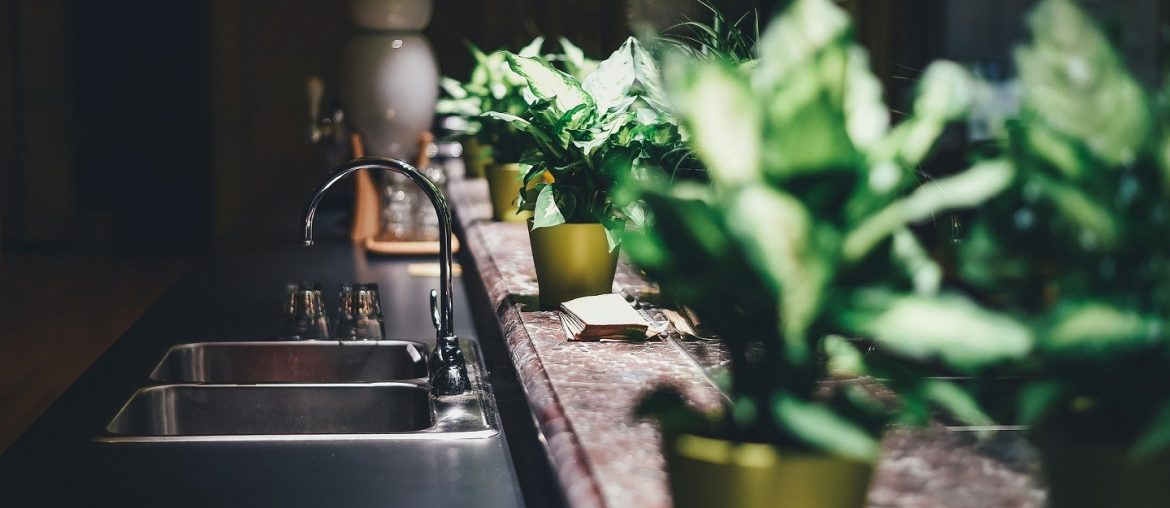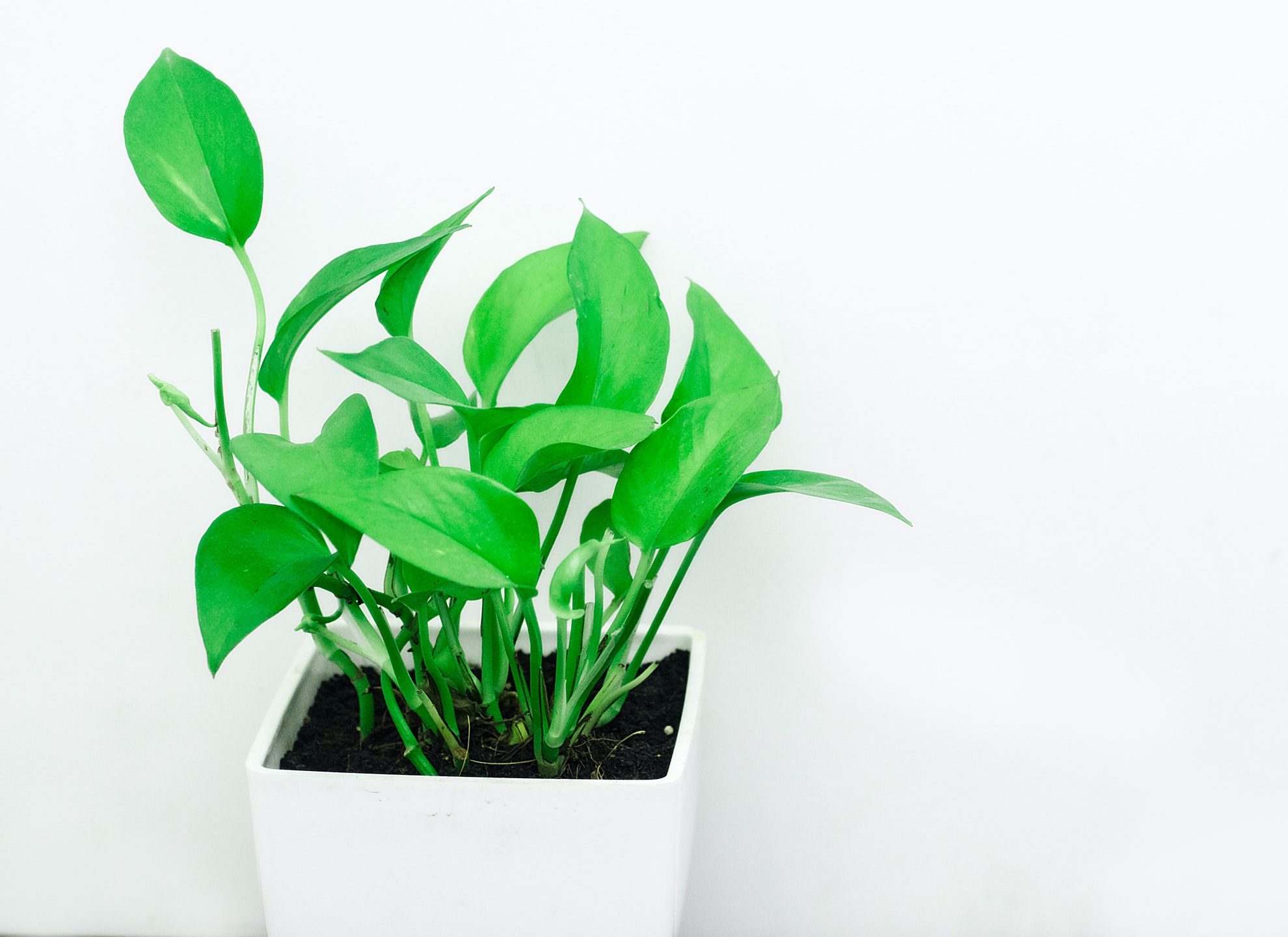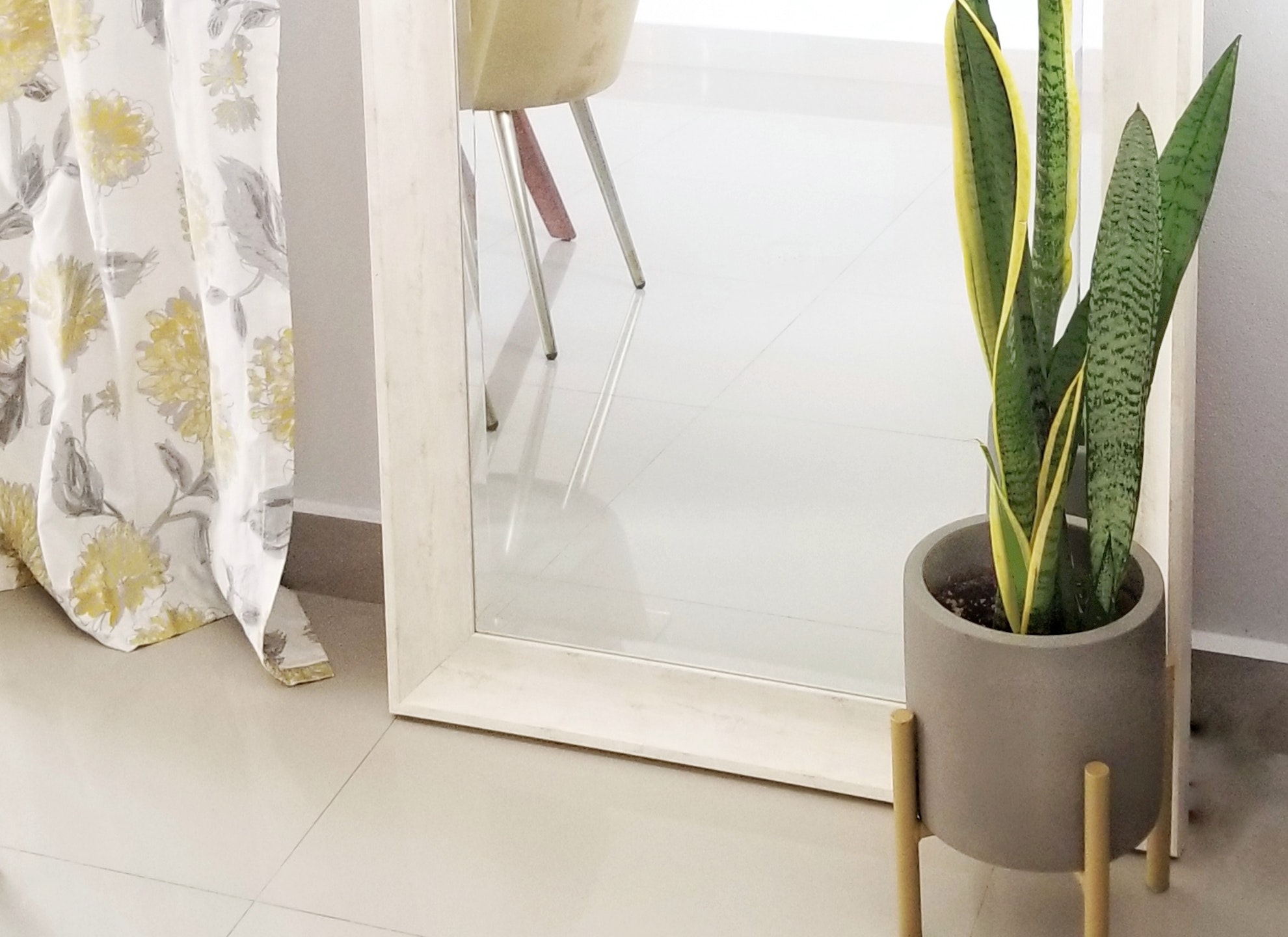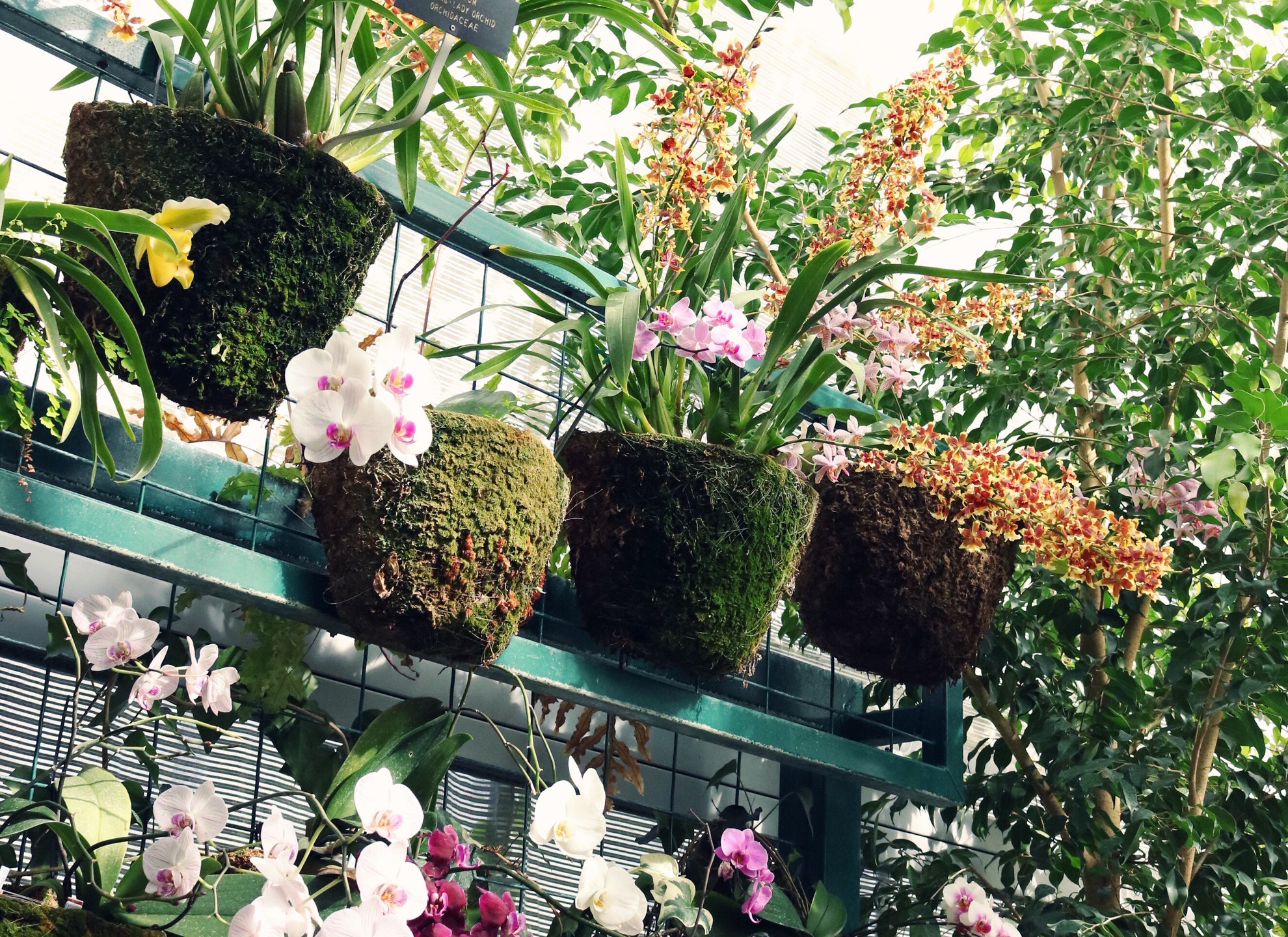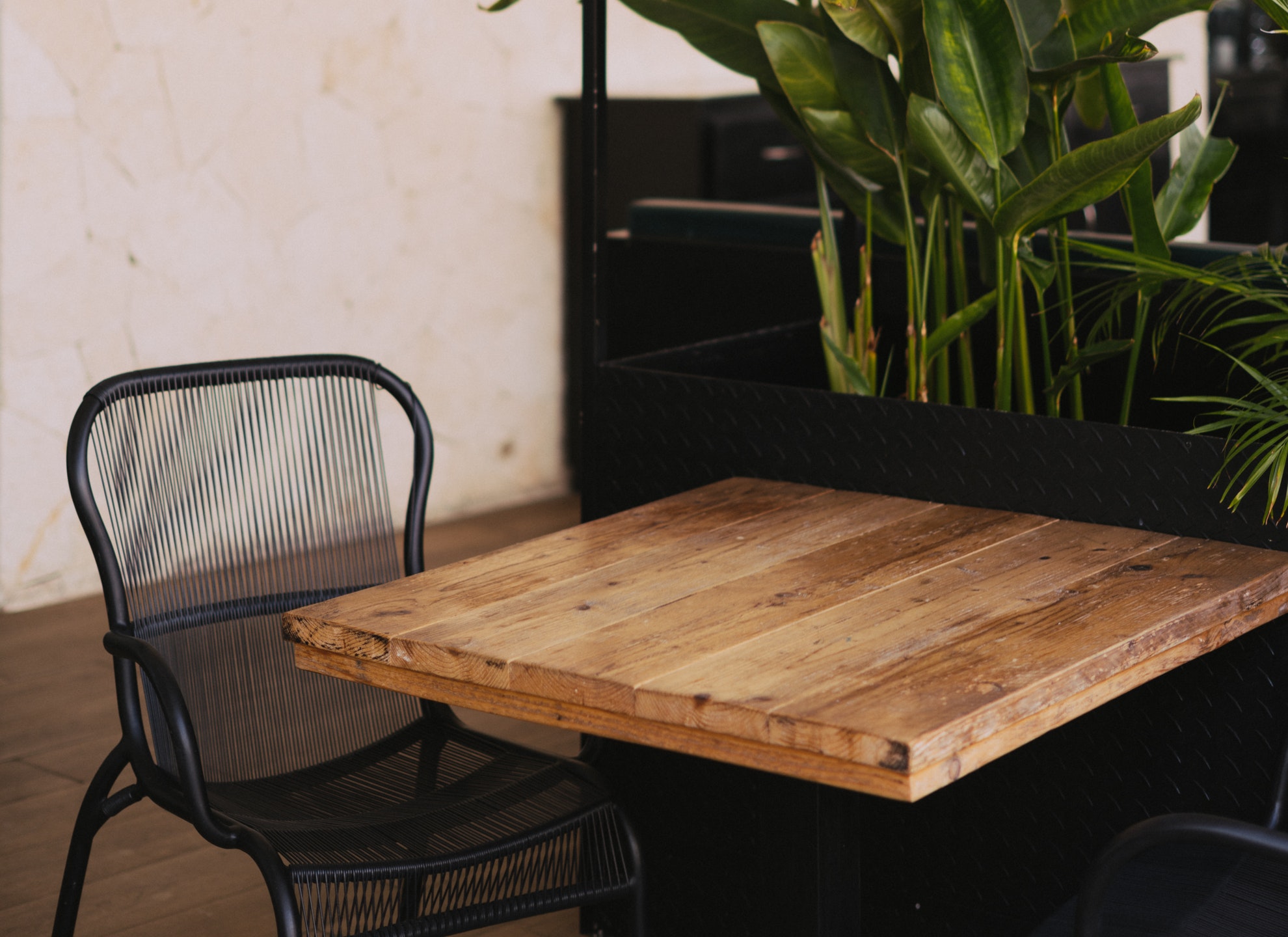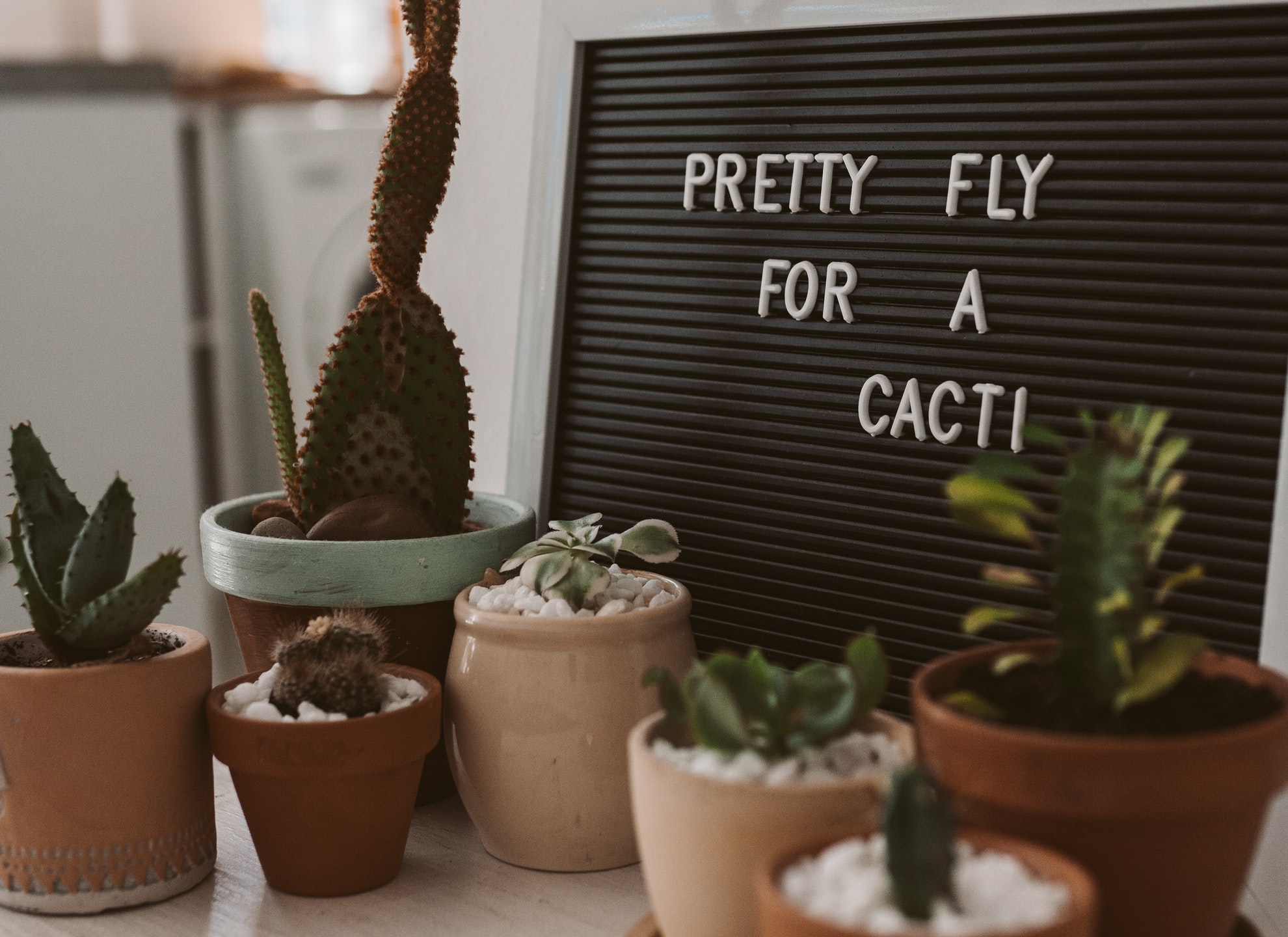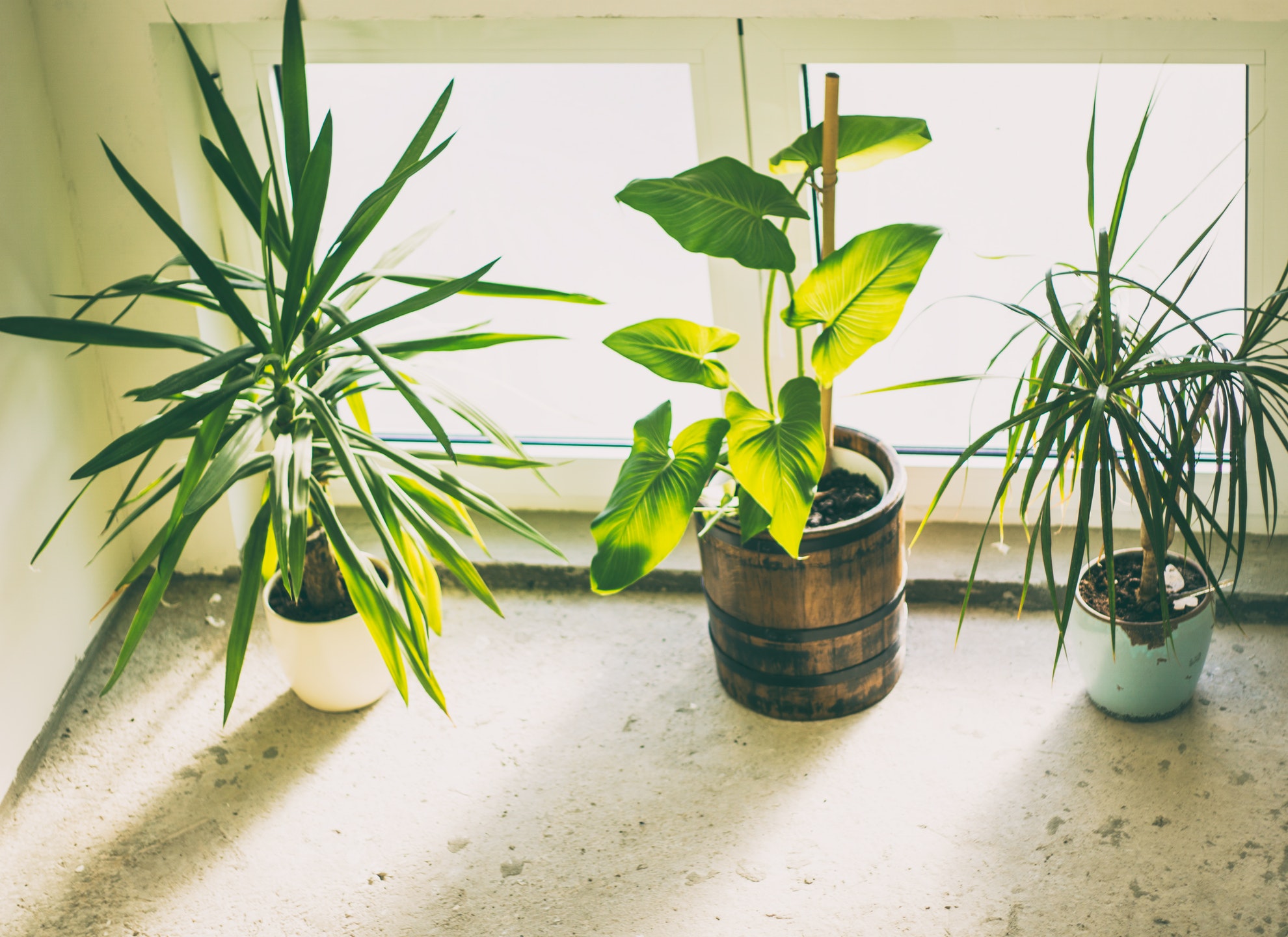It’s rare to find people who didn’t use gardening as the theme to write their “My Hobby” essays in school. It is difficult to say whether our love for this simple-green creature called a plant growing out of a mere hobby or while writing paragraphs about it. However, in a busy mechanical city like Dhaka, there is no opportunity to think of gardening on a large scale, but there is an opportunity to make a small green space inside the house. And that’s where we start talking about and taking care of indoor plants.
This city is built with wall-to-wall residential and commercial buildings. So, it is a fantasy to expect a lot of air and light in the house. Ordinary plants cannot survive in such shaded houses. However, there are some plants that can survive indoors even in low light. And that is why by impressing the rest of the plants, they have taken place as an indoor plant in the homes and minds of the residents of Dhaka. And why wouldn’t they make room!
Every indoor plant can also work to purify the air of your home! When you are breathing the stiff air amidst the high-rise buildings in Dhaka and the heavy traffic, these indoor plants can become your green companions at the end of a busy day. But for that, you need to increase your familiarity with them. You need to know which indoor plants can adapt well to your home environment. Now it’s time to know about taking care of indoor plants and their variety, step by step.
Indoor plants and their planters
Indoor plants are plants that survive in the shade and can be planted in tubs indoors. Among these domestic plants, the popular but different species of Philodendron, Pothos, Peace Lily, Snake Plant, Monstera, Cactus, different types of orchids, and ferns are ahead. For these gorgeous plants, it is advisable to choose a tub or planter that suits the house. Those who want to have a minimalist impression of everything in the house should, without a doubt, buy ceramic planters.
Again, for those who want a home-made Bengali cultural vibe, what could be a better option than a clay tub! And if you prefer a rustic decor in your home, then you can lean towards the rustic looking tubs made of wood or cement. Also available online are all-round, square, or diamond-shaped planters made of different materials. You can pick whatever you like. However, no matter what type of tub is planted, give priority to the size of the plant in determining the size of the tub. You may plant a small sapling in small tubs. However, when it grows a little bit, then it will need a large tub in proportion to the size. In this case, repotting in a slightly larger size tub is also part of the care of the indoor plant.
Philodendron and Pothos (Epipremnum aureum)
The plant is also called Devil’s Ivy. However, we colloquially call it Money Plant. They have about 500 species. Because they are native to the coastal regions of the Americas, these trees prefer temperate climates. They grow most comfortably at 15-16 Celsius in the home environment. Their adaptability is also excellent. If you tear a small part of it and plant it on the ground, it will grow quickly and effortlessly.
You can plant the tree in anything, ranging from small glassware to large tubs. Philodendrons are green in the shade and yellow in the sun. However, the main thing is to keep the soil wet in any weather. In this case, water should be given regularly according to the size of the tub. With care, it can grow up to 20 meters inside the house. However, the most striking aspect of Philodendron and Pothos is that they survive well in water. So, many people like to keep them in containers of clear water. The strange beauty of the roots of these plants can be understood by looking at the Philodendron or Pothos kept in a transparent glass container.
Snake plant (Dracaena trifasciata)
There is no reason to be afraid of the name! The snake plant is not only not harmful like a venomous snake but is a detoxifier instead. They can purify 4 out of the 5 major toxins floating in the air. So they have an extra reputation for purifying the air in the house. At the same time, the success of its naming can be understood by looking at the solid or dark green pattern on the long and hard pale green leaves.
The plant is native to the coastal region of South Africa. So, they don’t need to be as focused as the rest of the indoor plants. They survive beautifully despite a lack of care. Watering is required only when the soil is dry. And in winter, they survive even if they’re watered just once a month. A snack plant can take up space in the corner of the living room or near the dining space.
Alocasia (Alocasia macrorrhizos)
Try to ignore this very sensitive plant a little! It will die from heartbreak in no time. However, it is so gorgeous that even if it is given the most importance in the care of indoor plants, it will not be an exaggeration. There is only one leaf in each stem and it has a wide pattern like the innumerable nets of marine stingrays! What is the harm of calling these domestic plants “Elokeshi” like the women with wild hair of Bengal?
The tree is not satisfied with just watering the base. At the same time, spray the water on the leaves for two to four days to keep it happy.
Orchid (Orchidaceae)
You cannot have a list of indoor plants without a flowering tree in it! Many home gardeners have a special weakness for orchids. Orchids seem to be in high demand among gardeners’ indoor plants as the flowers of different colors bloom for several months. Orchids look the most beautiful in the hanging tub. Low light, high humidity is the ideal condition to become their place in the house. Then dry the soil and water it. The plant does not need much care.
Peace Lily (Spathiphyllum wallisii)
While talking about taking care of indoor plants, Peace Lily requires minimal maintenance. There are about 40 different species of this flowering plant. White flowers, like its name, spread peace throughout the house. These lilies naturally like shade, so it is best to keep them in a shady spot, avoiding direct sunlight. You don’t need to water them until the soil is dry. Water them once a week.
Prayer plant (Maranta leuconeura)
There are also different species of prayer-plants. The peculiarity of them is that in the morning, the leaves are scattered and at night the leaves are rolled up from both sides like a little prayer. Again in the morning it spreads and returns to its previous position. That is why they are affectionately called prayer-plants. Now let’s talk about the care of this indoor plant. This plant cannot be kept in the sun at all. Otherwise, the leaves are likely to burn. However, to keep the plant alive, they can be placed on the side of the window glass with a little sun or in a shady place. But you have to keep it in the light for a short time. If the leaves die, they should be cut with sharp scissors. A little sunless and humid environment where the light comes is their favorite.
Cactus and succulent ( Aizoaceae, Cactaceae, and Crassulaceae)
Placing a few cacti and succulents in the house is not a chore. These types of plants are good with little care. They are trees of dry desert or hilly areas. The leaves, stems, or roots are stored for a short period of time. These trees are very popular for their variety of leaf shapes and wonderful arrangements.
Flat pots are suitable for placing succulents. Because the roots of this tree are few in amount. Clay pots are better as they can easily filter the water.
The soil-sand-rock mixture is more suitable for these desert plants than direct soil. Water frequently without watering every day. If you keep trees in the house, place a tray under the perforated tub. In that case, the floor will not be dirty by leaking water.
Some more aspects of maintenance of indoor plants
Your over-care may not be good for your favorite indoor plant. Water the tree as needed, not more than that. This can cause water to accumulate at the base of the plant and cause the roots to rot. The best way to water them is to make a few drainage holes in each planter so the excess water can drain out. Keep them in a room where light and air circulate freely. Knowing the tree prefers moisture or shade is crucial. But usually avoid keeping it in a dark room. Choose a place in your house that doesn’t get too much sun but has enough sunlight as your home’s green courtyard. Taking care of indoor plants properly can ensure better longevity of them.
Indoor plants are not just a hobby cherished from childhood stories or the only green range of relief from the hustle and bustle of the city. Indoor plants also play a role in the balcony chronicles of urban life. There is also a role to play in adding green diversity to home decor. Are you also a home gardener? The first part of the day does not start without the care of your indoor plants! So, let us know in the comments which indoor plants have taken place in your house. Let us know how you take care of the green companions in your house!

